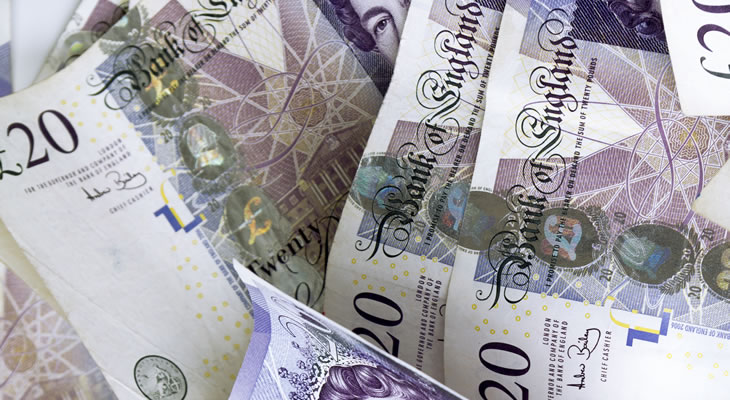Pound Sterling US Dollar (GBP/USD) Exchange Rate Strengthens in Spite of Brexit Forecasts
The Treasury’s latest Brexit forecasts were not enough to weigh Pound Sterling (GBP) down, in spite of the modelled scenarios all pointing towards weaker economic growth.
As the forecasts supported the more positive assessment of Theresa May’s Brexit proposal this offered encouragement to GBP exchange rates.
There are hopes that the report could foster greater support among MPs for the proposal, improving the odds of the agreement successfully passing through Parliament.
Even so, the Pound remains vulnerable to political jitters in the days ahead as markets continue to weigh up the chances of the agreement being shot down by MPs.
An improvement in October’s net consumer credit may give the Pound Sterling to US Dollar (GBP/USD) exchange rate an additional boost on Thursday.
As long as signs point towards an increased sense of confidence within the UK economy the downside potential of the Pound should diminish.
Steady US GDP Estimate Fails to Benefit US Dollar (USD)
Although the second estimate of the third quarter US gross domestic product confirmed annualised growth of 3.5% this failed to shore up the US Dollar (USD).
As the US economy still lost momentum on the quarter and October’s trade deficit widened further than forecast this left USD exchange rates on a weaker footing.
In spite of the Trump administration’s tariffs on Chinese imports that trade deficit has continued to swell, expanding to 77.2 billion as demand for US produce declined.
This suggests that the US-China trade spat is having a more negative impact on the US economy, with prices set to rise further unless there is a breakthrough at the G20 meeting.
Signs of Federal Reserve Caution to Limit US Dollar (USD) Exchange Rate Upside
The US Dollar could come under further pressure in the days ahead if Federal Reserve policymakers take a less hawkish tone on monetary policy.
Fed policymakers have shown increasing signs of reticence over the pace of monetary tightening, suggesting that fewer interest rate hikes are likely in 2019.
As analysts at Danske Bank commented:
‘St. Louis Fed President Bullard was more cautious and said the Fed must monitor possible ‘cracks’ in the recovery, while others called for a more neutral policy and noted there were pockets of distress and that the trade dispute with China was not helping the economy.’
If the latest set of Federal Open Market Committee (FOMC) meeting minutes point towards a greater sense of caution within the central bank this could weigh heavily on the US Dollar.
While markets still expect a December interest rate hike this prospect is unlikely to limit any potential USD exchange rate losses in the near term.
An uptick in October’s personal consumption expenditure core, however, could see the Pound Sterling to US Dollar (GBP/USD) exchange rate return to a weaker footing.


Comments are closed.